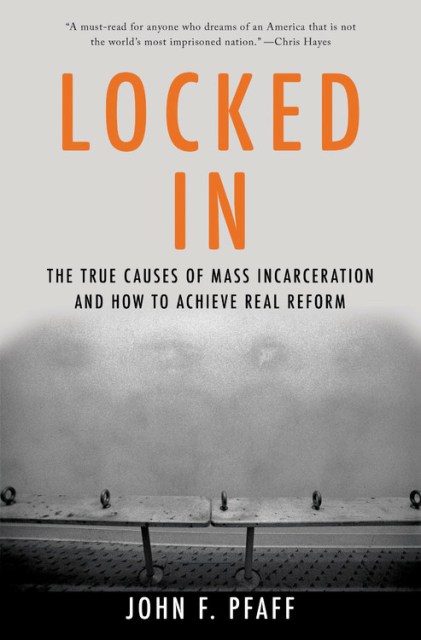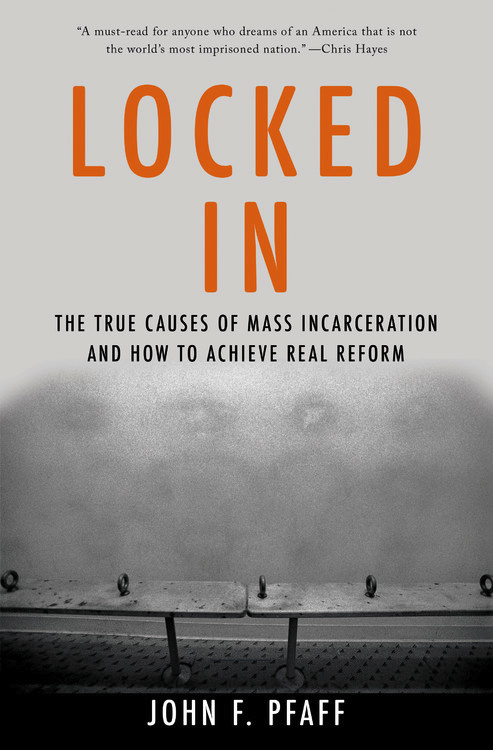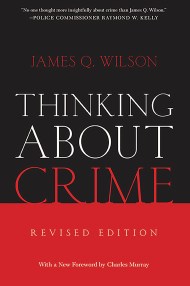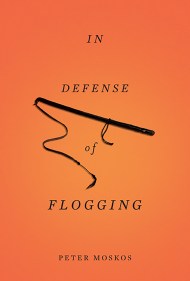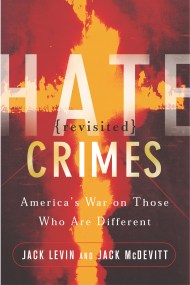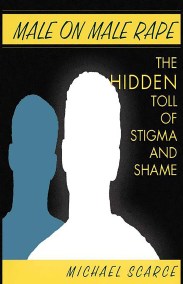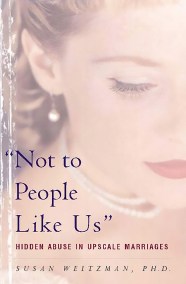Locked In
The True Causes of Mass Incarceration-and How to Achieve Real Reform
Contributors
By John Pfaff
Formats and Prices
Price
$32.00Price
$40.00 CADFormat
Format:
- Hardcover $32.00 $40.00 CAD
- ebook $18.99 $24.99 CAD
This item is a preorder. Your payment method will be charged immediately, and the product is expected to ship on or around February 7, 2017. This date is subject to change due to shipping delays beyond our control.
Also available from:
In Locked In, John Pfaff argues that the factors most commonly cited to explain mass incarceration — the failed War on Drugs, draconian sentencing laws, an increasing reliance on private prisons — tell us much less than we think. Instead, Pfaff urges us to look at other factors, especially a major shift in prosecutor behavior that occurred in the mid-1990s, when prosecutors began bringing felony charges against arrestees about twice as often as they had before.
An authoritative, clear-eyed account of a national catastrophe, Locked In is “a must-read for anyone who dreams of an America that is not the world’s most imprisoned nation” (Chris Hayes, author of A Colony in a Nation). It transforms our understanding of what ails the American system of punishment and ultimately forces us to reconsider how we can build a more equitable and humane society.
Genre:
- On Sale
- Feb 7, 2017
- Page Count
- 320 pages
- Publisher
- Basic Books
- ISBN-13
- 9780465096916
Newsletter Signup
By clicking ‘Sign Up,’ I acknowledge that I have read and agree to Hachette Book Group’s Privacy Policy and Terms of Use
